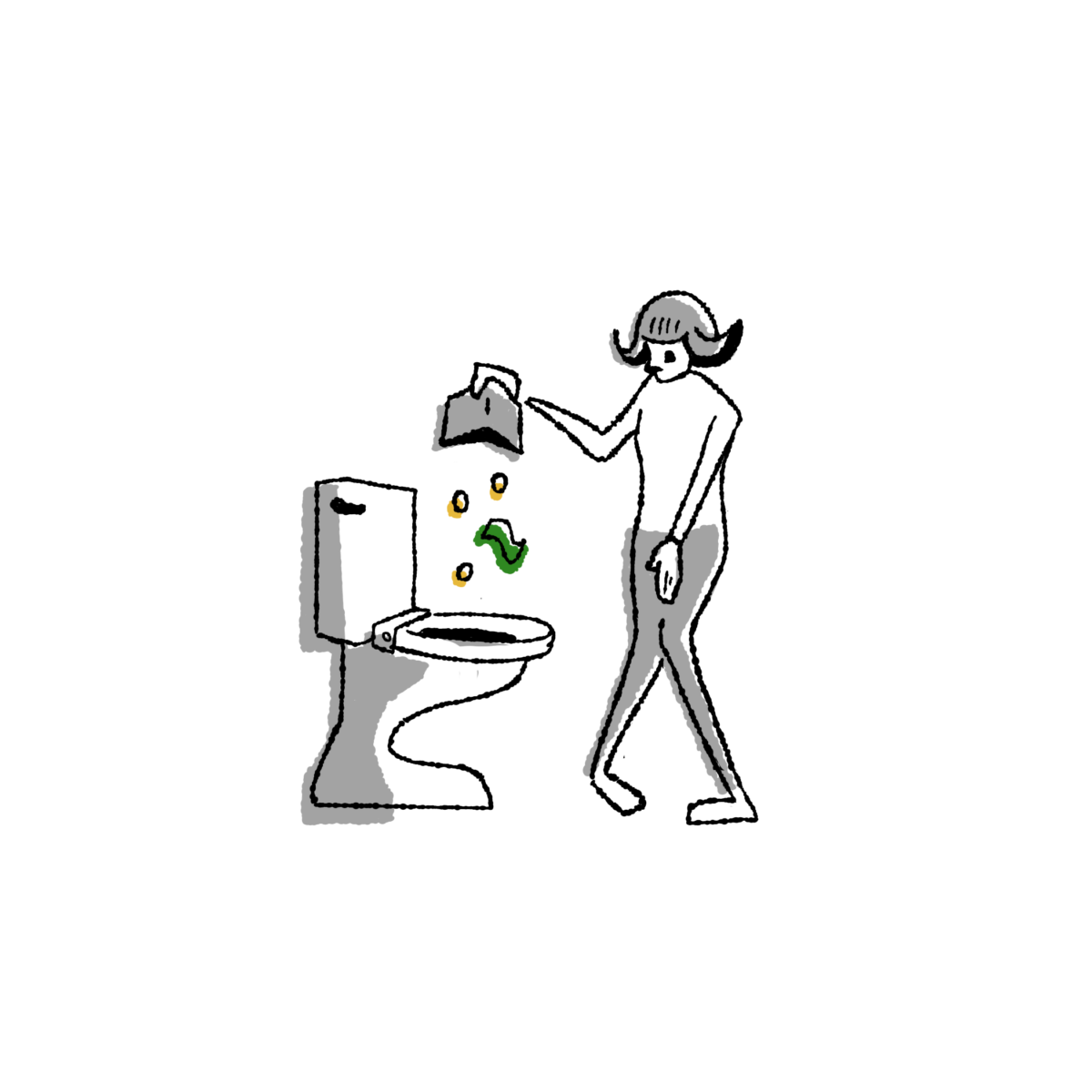Why we shouldn’t be charged to use public bathrooms
I’m dancing at a club in Amsterdam. House music blares (I wish it was Taylor Swift instead), the floor is sticky, and the room is filled with people. It’s fantastic, especially after so much time spent in lockdown.
What’s not fantastic is my acute urge to pee. I tap my friends on the shoulder and let them know I’m going to find the washroom.
When I get there, I’m appalled. There’s a woman standing outside the door, collecting 50 euro cents before allowing people through.
Over the course of my first few weeks on exchange in Europe, this is not the first time I’ve been required to pay to use the facilities. Budgeting for entering public washrooms is one thing that I certainly had not planned for.
Still, I need to rant about why I think this phenomenon, though extremely common here, is absolutely insane and should definitely not exist.
My first point is the obvious one: needing to excrete is a natural and normal function of our bodies, so why should we have to spend money to do so? It’s the infrastructure surrounding our ability to relieve ourselves in a socially acceptable way that’s not natural.
And the fact that we’re forced to pay for a basic necessity of our own human creation makes it even worse.
Also, we can’t control when and where we’ll suddenly have the urge to go. If we could, I guarantee no one would ever use a public washroom to begin with. But since that’s not possible, shouldn’t our toilets be accessible to all?
Another point for my takedown of the pricey public washroom is the consequences you face when you don’t have your 50 cents, or refuse to pay all together.
The first option that comes to mind is good ol’ fashioned public urination, which is a literal fineable offense. The logic here is missing — if you don’t pay for the washroom and nature pee (or wild wee, as my British flatmate calls it) and get caught, you have to pay even more. It makes no sense.
This is even worse: to combat this “problem” of public urination, probably correlated to the blasphemous concept of paying to use the washroom, the Dutch installed public urinals (a glorified hole in the ground with a panel for privacy) at some places in the center of certain cities. But of course, this brings forth an annoying double standard. While penis-owners who are comfortable enough get to whizz to their heart’s content, free of charge, people with vaginas don’t have it as easy. Classic.
Furthermore, as I’m writing this, it’s becoming clear that paying for public bathrooms isn’t the sole facet of our society that works this frustrating way. Period products, though necessary because of the cultural norms surrounding menstruation, are also inaccessible without money.
My annoyance with having to pay for the public bathrooms in Europe reveals a harmful phenomenon. Humans create these unbreakable social norms relating to natural bodily functions and then profit off of them, leaving those who can’t pay in difficult situations.
I can’t say I expected my rant about public bathrooms to get so serious — but oftentimes, it’s the most silly topics that end up revealing the most. While I don’t have a solution to the challenges of commoditizing natural bodily functions, the best I can do is bring attention to them to try and advocate for a change.
Graphic by James Fay
